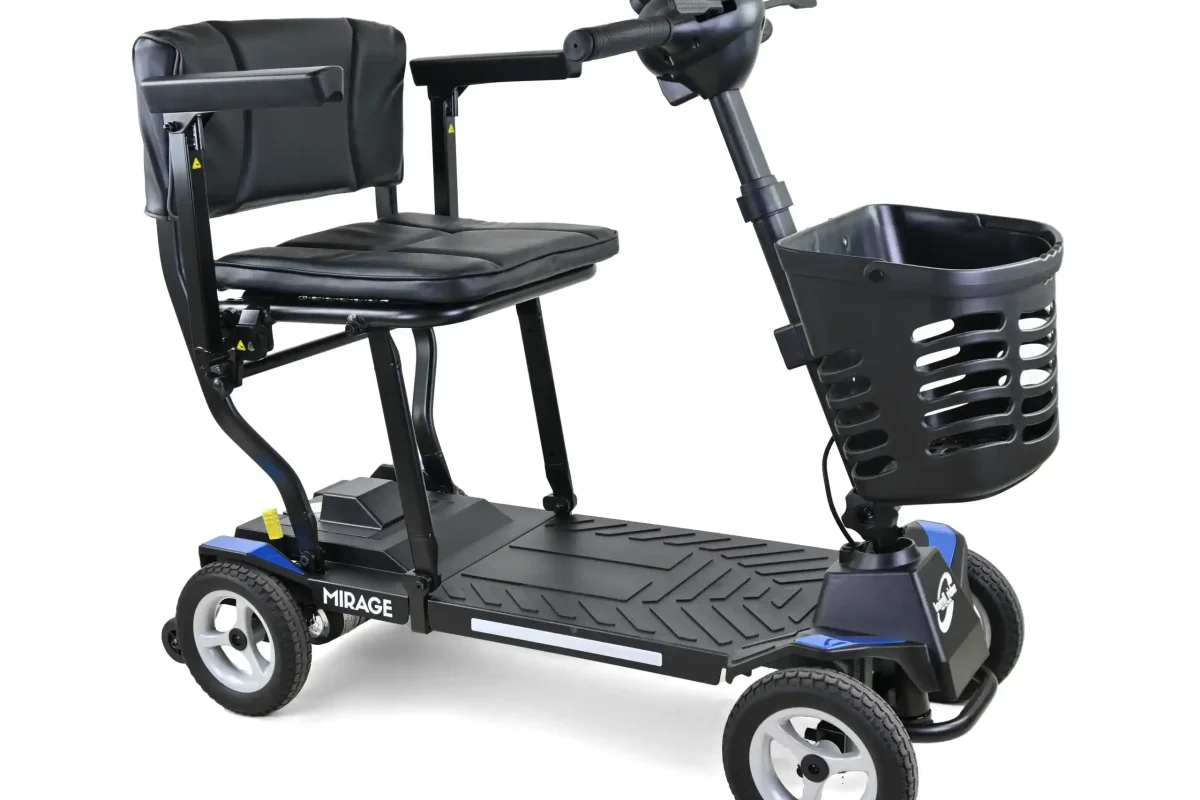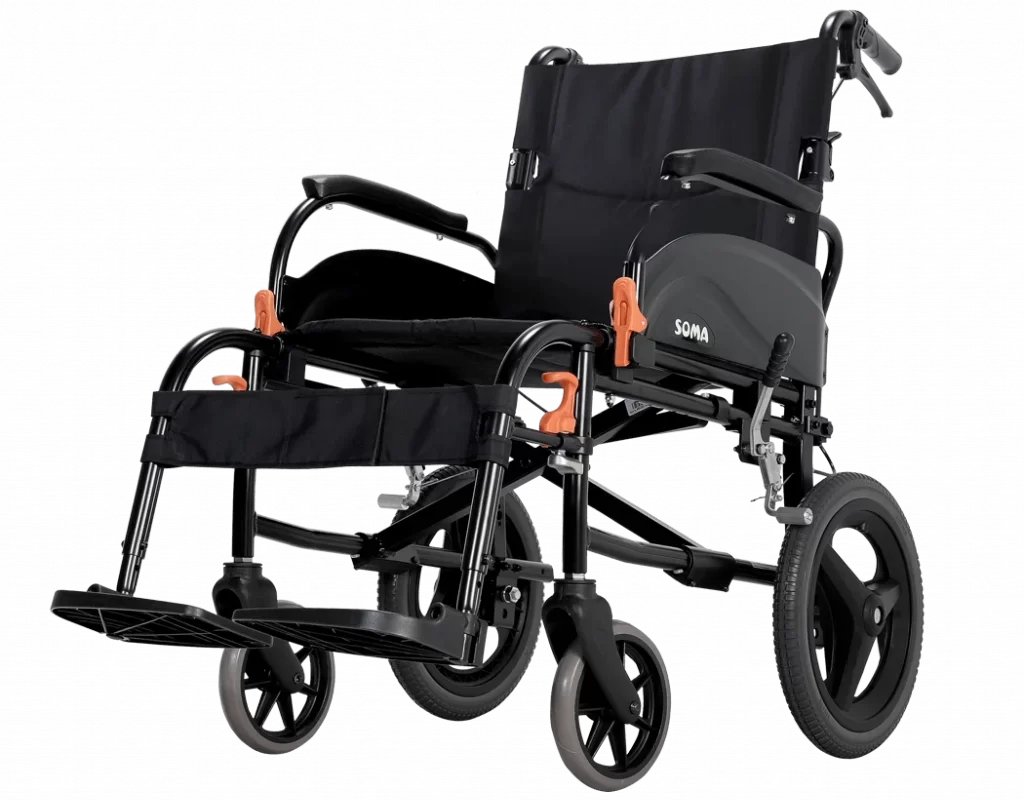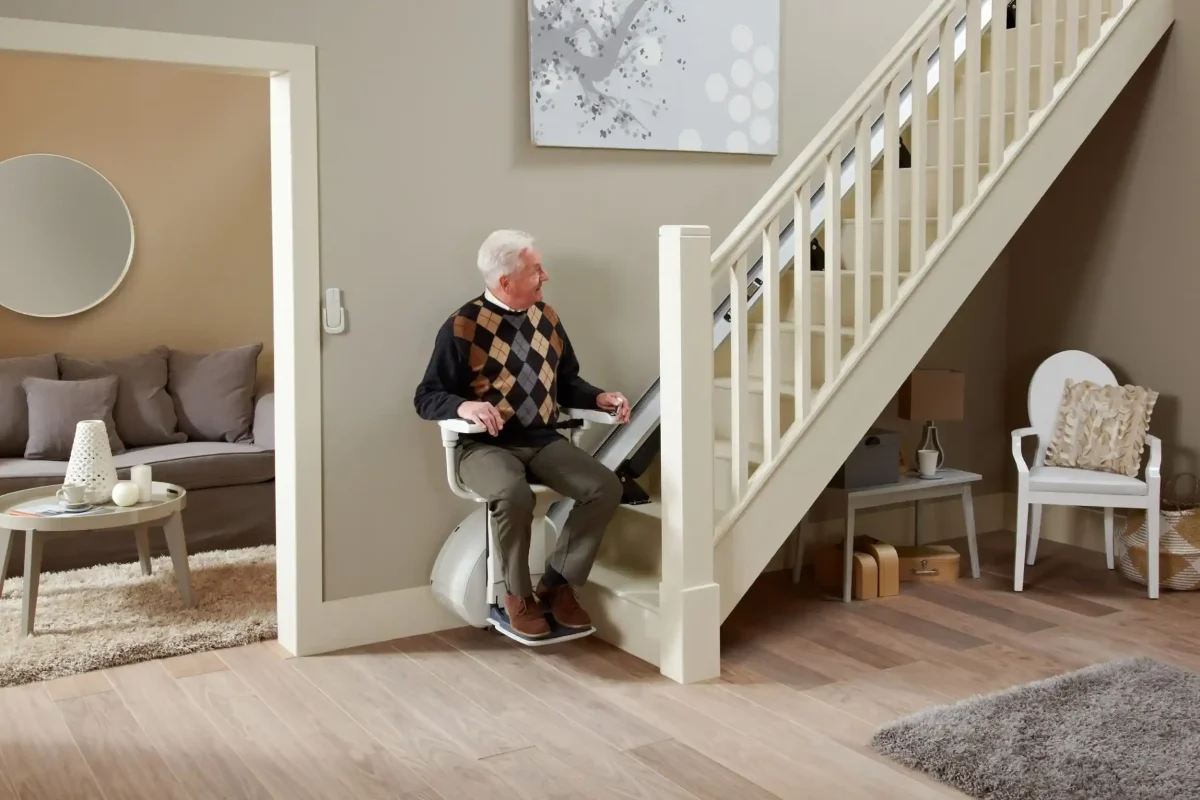Mobility scooters are a reliable way to stay independent, but like any vehicle, they need regular upkeep to stay safe, clean, and fully functional. With a little care and routine attention, you can extend the life of your scooter and avoid costly repairs.
Before performing any maintenance: always switch the power off and unplug the charger. While these tips apply broadly, you should also follow the specific guidelines in your scooter’s manufacturer manual.
Cleaning Your Mobility Scooter
Keeping your scooter clean not only makes it look better but also prevents dirt from interfering with moving parts.
- Use a soft, dry cloth to dust all exposed parts.
- For general cleaning, use a damp cloth with mild detergent or glass cleaner.
- Wipe down the seat with gentle disinfectant wipes.
- Avoid spraying water directly on the scooter—especially near electrical components.
- Do not use wax, oil, or abrasive cleaners.
- Once cleaned, dry thoroughly with a soft cloth.
- Use a protective scooter cover to reduce dust build-up when not in use.
Routine Maintenance & Safety Checks
Performing small daily and weekly checks will keep your scooter in excellent condition between professional services.
- Tyres: Inspect treads for wear and replace thinning tyres promptly.
- Upholstery: Look for tears or rough spots that may cause skin irritation.
- Battery: Check the gauge regularly. Recharge when low or replace if the gauge remains in the red.
- Moving Parts: Test components such as the tiller, wheels, swivel seat, levers, and mirrors to ensure smooth operation.
Brakes
Most mobility scooters use an inertia braking system, slowing automatically when you release the throttle. To ensure safety:
- Before each journey, check that your scooter is not in freewheel mode. This setting allows manual pushing but disables braking.
- Confirm that the freewheel lever (usually near the rear wheel) is locked in drive mode.
- Test the brakes by gently setting off and making sure the scooter stops smoothly.
Checking the Seat
Nearly all scooters come with detachable seats. Before riding:
- Give the seat a firm shake to confirm it is securely locked in place.
- Adjust for comfort and ensure it doesn’t loosen while in use.
Seasonal Care Tips
The Irish climate can affect your scooter’s performance, especially in wet or cold weather:
- Rain: Always cover your scooter when not in use. Moisture can damage electrical systems.
- Cold Weather: Batteries drain faster in colder temperatures. Keep them fully charged and store your scooter indoors when possible.
- Summer: Avoid direct, prolonged sun exposure to prevent seat fading and plastic damage.
Read the Manual
It may seem obvious, but reading your user manual is one of the best ways to maintain your scooter properly. Manufacturers include recommended service schedules, troubleshooting tips, and specific cleaning instructions that can save both time and money.
If you require further guidance or professional maintenance, Irish Stairlifts & Bathrooms offers expert advice and servicing for all types of mobility scooters. Contact us today to keep your scooter in top shape and ensure safe, independent travel.
Get in Touch with Irish Stairlifts & Bathrooms

Take the First Step to Independence
Trusted Mobility & Grant Experts Since 1999
Book Your Free Home AssessmentISB Mobility Showroom – Clane
Unit C5/C6 Clane Business Park
Kilcock Road, Clane, Co. Kildare
Eircode: W91 NF86
045 892 696 |
0818 818 500
showroom@irishstairlifts.ie
Mon–Thu: 9am–5pm | Fri: 9am–4pm
Dublin Office
6 Trinity St, Dublin 2
D02 EY47
01 616 7079
info@irishstairlifts.ie
By appointment only




